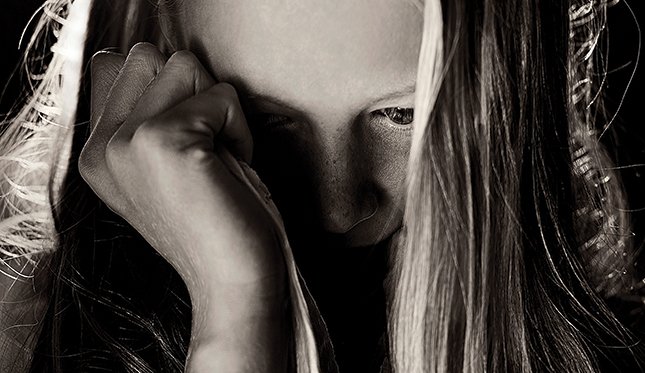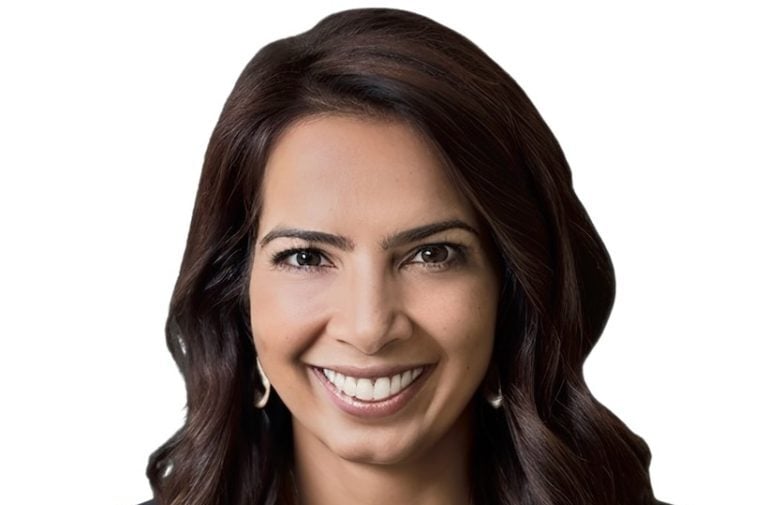About five years ago, Nancy Lublin, a longtime social activist and founder of youth organization Do Something, noticed something worrisome: Every time Do Something sent a mass text to organize youth action within its network, the group would receive a few dozen responses that felt out of place—as if the children writing just wanted to be heard by someone. A text from one young girl reporting sexual abuse was so startling that it prompted Lublin to start Crisis Text Line, a way for teens to text for help at any hour, any day, and receive free counseling via text in return.
Just four months after its launch, Crisis Text Line had grown virally to reach every area code in America. Since August 2013, it has exchanged more than 65 million messages. The data it has gathered shows that the three most effective terms to use for people in crisis are “brave,” “smart” and “proud.” Saying something as simple as, “That was brave of you to reach out to a friend” can make a meaningful difference to a kid’s state of mind. Crisis Text Line is an exciting way that technology can help address a major social challenge.

I like to bring up a success story because, when it comes to mental health, much of the news is not so inspiring. According to the 2017 report from Giving USA, a nonprofit research organization, philanthropy in America tops more than $390 billion. Of this amount, $123 billion, or 32 percent, went to religious institutions, and 15 percent ($60 billion) went to education. The statistics show that Americans give generously to causes that are close to their hearts and a part of their everyday lives. But there is one stark exception—mental health.
Inside Philanthropy, a news organization that tracks giving, reports that even with the launch of multiple public campaigns aimed at raising mental health awareness, individual gifts toward groups that address mental illness still lag significantly behind other areas of health-related giving. Funding for mental health–related programs has struggled to keep up with the same growth trend as philanthropy generally. In fact, it’s tapered off significantly since 2011. The reason is uncertain, but it may have something to do with the stigma still widely associated with mental health issues, particularly those that pertain to children.
That decline runs contrary to the idea that we give to causes that affect us and our loved ones. Statistically, one in four Americans will deal with some type of mental illness during their lives, and almost everyone will have a family member suffer from mental illness. That’s true regardless of social class, ethnicity or geography. Mental illness, of course, also contributes to the social and financial costs of incarceration, drug addiction and poverty.

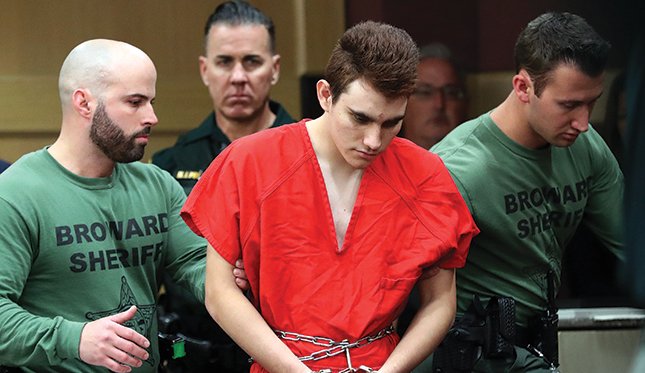
Even if mental illness has not hit close to home, we all know that America’s youth is in pain—the recent nationwide protests against gun violence established that loud and clear. A generation is growing up in fear of being murdered inside institutions that are supposed to represent the best of civilization. The mental health crisis extends well beyond horrific events like the Parkland, Fla., school shooting that sparked the protests: The number of teens across America suffering from stress, suicidal ideation, depression and substance abuse is on the rise.
“Trauma is perhaps the most avoided, ignored, belittled, denied, misunderstood and untreated cause of human suffering.” —Peter Levine
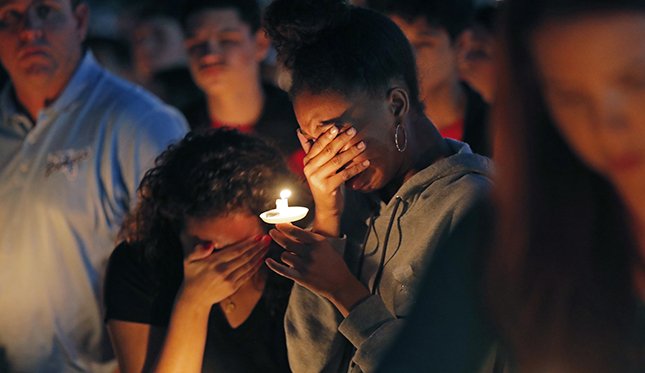
Credible studies I’ve seen suggest that teenagers and young adults who have endured four or more adverse childhood experiences (ACEs) are six times more likely to struggle with depression and 12 times more likely to attempt suicide. Mental health professionals think of these adverse childhood experiences as trauma, and for kids, the impact is devastating. “Trauma is perhaps the most avoided, ignored, belittled, denied, misunderstood and untreated cause of human suffering,” says Peter Levine, a psychologist who’s considered one of the nation’s leading experts on the subject.
Yet there is good news: Across the country, some social entrepreneurs are recognizing just how grave and widespread a problem this is, and coming up with innovative and exciting ways to address it. Nadine Burke Harris, a pediatrician who’s doing pioneering work on trauma in the Bay View neighborhood of San Francisco, became convinced of the seriousness of this national health crisis when she met Diego, a 7-year-old boy who stopped growing after experiencing sexual abuse. In the years since, Burke Harris has published compelling research on the pervasive and long-term health impacts of toxic stress and ACEs. Exposure to intense, frequent or sustained stress without the buffering care of a supportive adult can change children’s brains and bodies, including disrupting learning, behavior, immunity, growth and hormonal systems. Some 35 million children from all socioeconomic backgrounds have experienced ACEs, and Burke Harris argues that the trauma leads to increased rates of heart disease and lung cancer.
The organization Burke Harris founded in 2007, the Center for Youth Wellness, has created a pediatric care model to help clinics adopt screening for ACEs. The Center for Youth Wellness is working to make sure every pediatrician in the country is screening for ACEs by providing a screening tool and protocol for pediatric care providers to administer and interpret the screening, as well as discuss treatment options with children and caregivers.
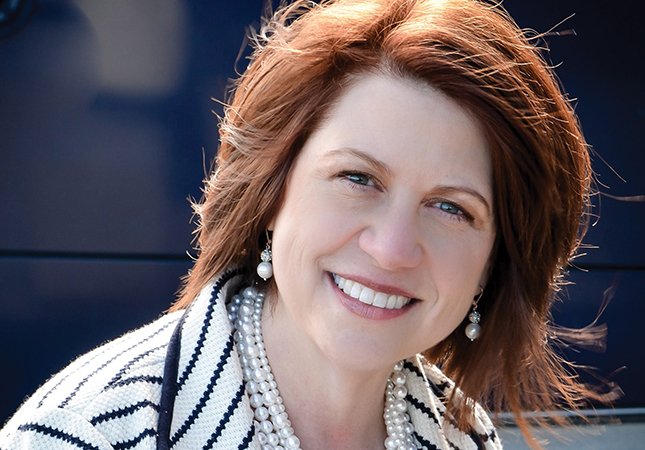
Even though children with a high score on the ACE test are more vulnerable to physical and mental problems down the road, evidence also shows that loving relationships can make a tremendous difference in health and life outcomes. That’s an enormous challenge for the more than 670,000 children now stuck in our broken foster care system. “What happens to us humans in our early lives, whether or not we feel safe and loved, shapes every single relationship we will have and the trajectory of our lives,” says Amelia Franck Meyer, a veteran in the child welfare system and founder of Alia Innovations, a St. Paul, Minn., group dedicated to reforming the child welfare system. Prior to Alia, Meyer was the CEO of a large foster care agency, and decades before that she worked in a children’s group home washing dishes, folding laundry and helping with homework.
Across all of her experiences, Meyer saw how children experience a primal longing for family and witnessed the pain they feel as they rotate in and out of group homes and foster care until exiting the system at age 18. Again and again, Meyer saw a stark improvement in the health and well-being of children who were able to escape the cycle of foster care and become embedded in a permanent family, preferably their own. She also saw that the current system is self-perpetuating, often putting more pressure on families and children during times of adversity, making it even more difficult for children to recover and return home.
So, after decades of working to change lives child by child, Meyer founded Alia in 2016 in an effort to make structural change, to bring innovations to scale that would make the entire child welfare system more trauma-informed and family centered. Alia is the national convener of child advocates and innovators aiming to reimagine and redesign the child welfare system. Its goal: to make the existing system obsolete by developing and advocating for family-centered innovations that help children thrive in safe, permanent and nurturing families.
Of course, even some of the most loving and supportive families go through hard times, and when difficulty or chaos strikes, children are more vulnerable than adults. Engaging in loving and supportive conversations about a tough event—say, the loss of a job or financial uncertainty—instead of emphasizing what’s wrong has been shown to help children recover from traumatic experiences. Sesame Workshop, the nonprofit organization behind the children’s TV show Sesame Street, recognizes that some families and caregivers need help having tough conversations about adversity. Through its Families Stand Together initiative, the organization has put its child-centered media skills to the task of developing relevant and fun research-based curricula and outreach materials to help families and caregivers have honest conversations about difficult subjects.
Schools can also be critical environments of hope for children suffering from trauma. The David Lynch Foundation’s Quiet Time Program, founded by the film director in 2005, provides students with two 15-minute periods of Transcendental Meditation each day to help balance their lives and improve their readiness to learn. Assessments have shown that classrooms providing the Quiet Time program experience a 40 percent reduction in the students’ psychological distress, including anxiety and depression, a 65 percent reduction in violent conflict and an 86 percent reduction in suspensions over two years.
“Meditation is nourishing these children and providing them with an immensely valuable tool for life. It is saving lives.” —James Dierke
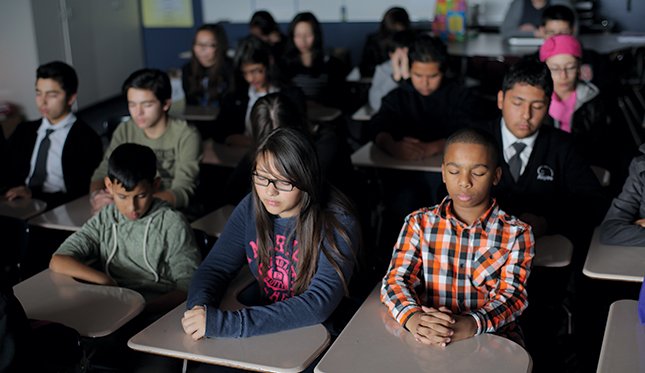
“The Quiet Time Program is the most powerful, effective program I’ve come across in my 40 years as a public school educator,” says James Dierke, executive vice president of the American Federation of School Administrators. “It is nourishing these children and providing them an immensely valuable tool for life. It is saving lives.” Demand for the program far exceeds the organization’s capacity to respond, creating a funding gap. Right now, there are hundreds of schools with tens of thousands of underserved students who are waiting to learn to meditate.
Experts agree that we cannot solve problems such as incarceration, joblessness, poverty, homelessness and depression without addressing trauma. But it’s encouraging that technology, treatment and holistic care have come together to create a growing set of evidence-based approaches to mental health care. These new innovations and insights offer hope to every community and family—to every one of us.
Allison Duncan is a Worth contributing editor focused on philanthropy and the founder of Amplifier Strategies.

